Ific Goudé
Research scientist in Computer Graphics
igoude
ific.goude@irisa.fr
IRISA, 263 Avenue Général Leclerc, 35000 Rennes, FRANCE
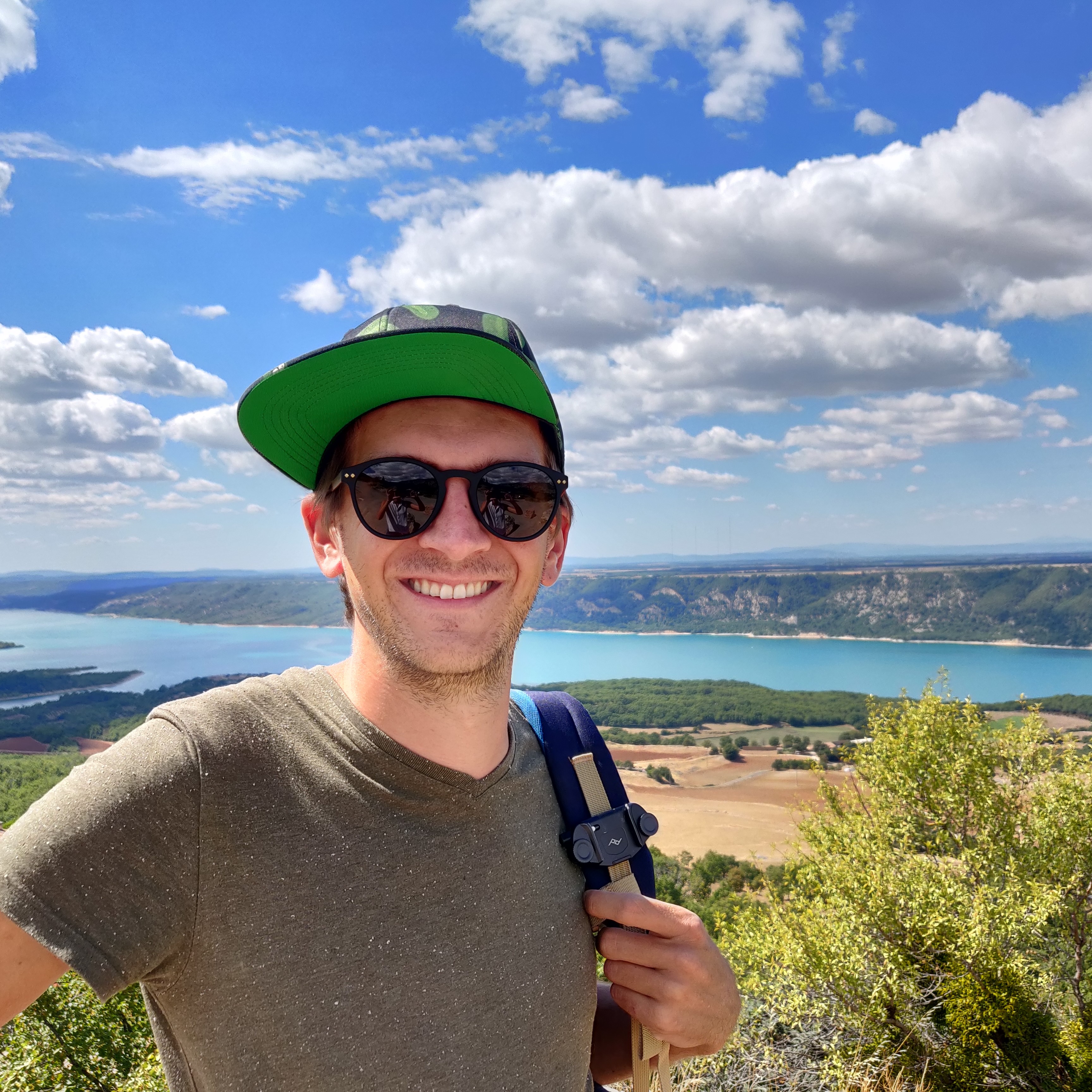

Thesis: Rendering of HDR 3D point clouds (funded by the ANR ReVeRy project)
The ReVeRY project will design a specific GRID OF CAMERAS, a cost-efficient system that acquires at once several viewpoints under several exposures and will convert a multiview, multiexposed, video stream into a high quality rich media.
The goal is to improve the rendering quality of such HDR point clouds captured by the camera grid.
It can be splitted into two different aspects:
1) The High Dynamic Range of a volumetric content, and the associated Tone Mapping issues when displaying on SDR 2D screen / HMDs.
2) The rendering quality of point clouds (filling holes, denoising images).
Taking into account the artistic and aesthetic intentions during the rendering process is also a great challenge (relighting, style transfer, etc.)
Example-based color transfer for 3D point clouds
Ific Goudé, Rémi Cozot, Olivier Le Meur, Kadi Bouatouch
Computer Graphics Forum journal (2021), vol.40, issue 6, 428-446
DOI
HAL
In this paper, we propose a new framework to automatically transfer the color style from a target point cloud to an input point cloud.
Our proposed color transfer methods rely on correlations between the color distributions and the geometry of the models.
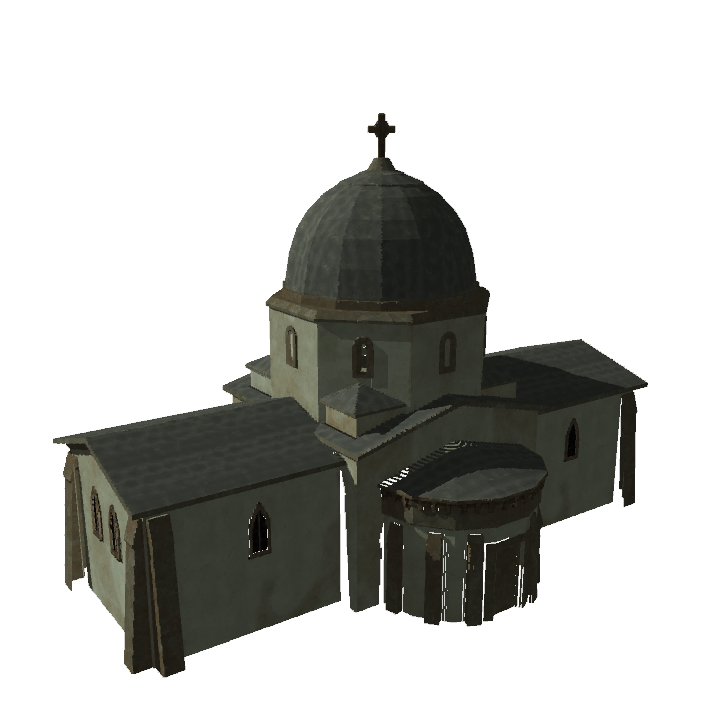
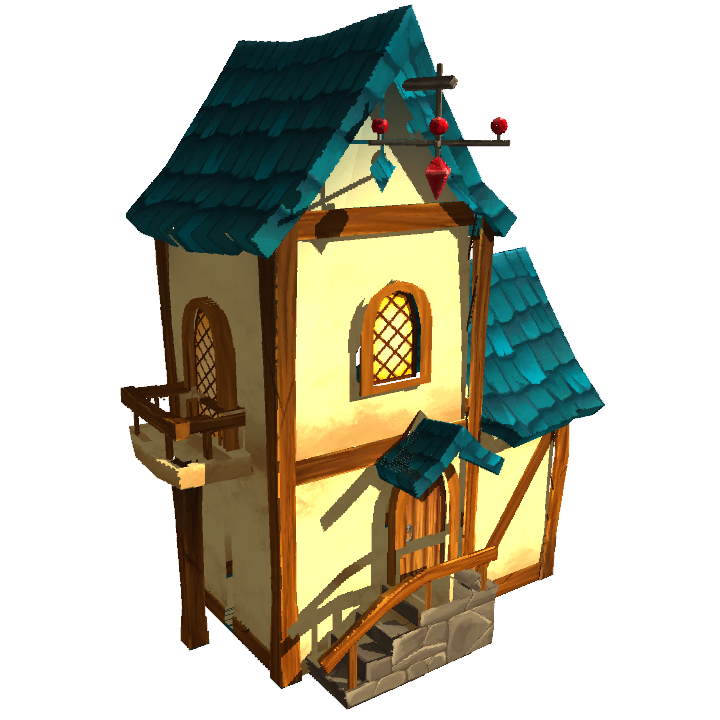
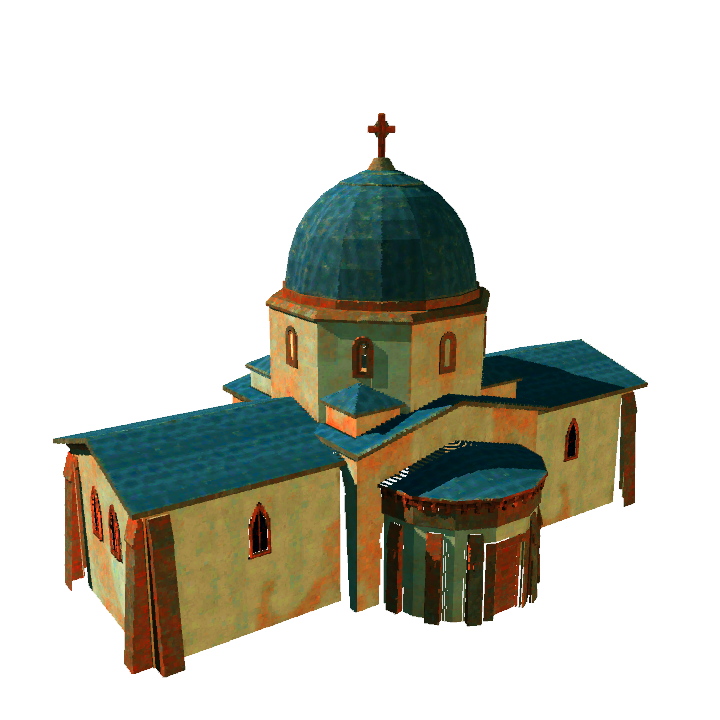
Rendering the church point cloud (left) with the color style of the fantasy house point cloud (middle) gives the output point cloud (right)
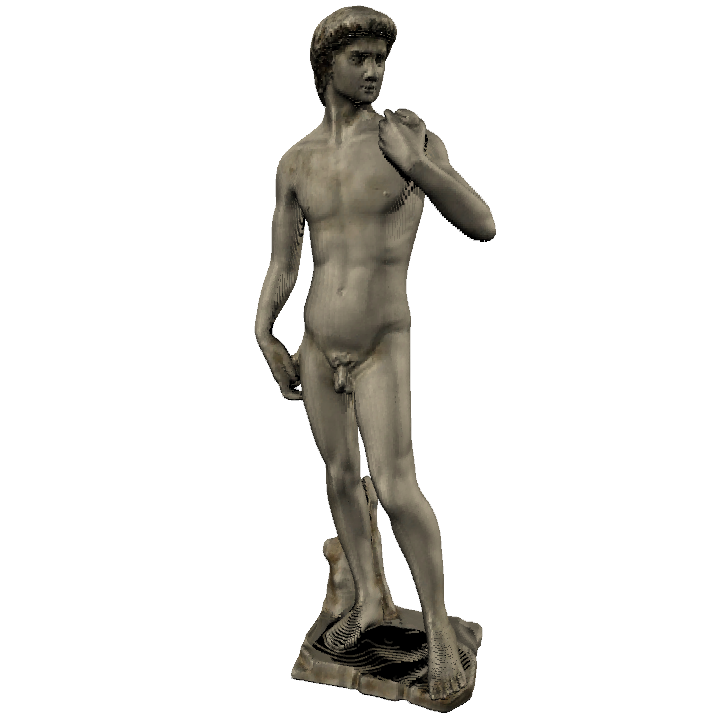

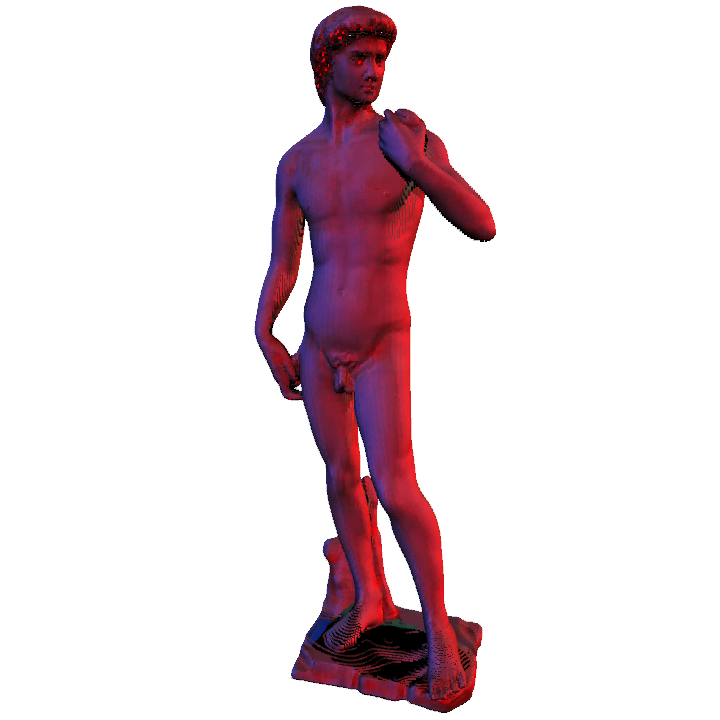
Another example, from left to right: input point cloud, target style point cloud, output point cloud
Tone mapping High Dynamic 3D scenes with global lightness coherency
Ific Goudé, Jérémy Lacoche, Rémi Cozot
Computer & Graphics journal (2020), vol.91, 243-251
DOI
HAL
We propose a new approach for real-time Tone Mapping Operator dedicated to High Dynamic Range rendering of interactive 3D scenes.
The proposed method considers the whole scene lighting in order to preserve the global coherency.

The 3D scene consists of two rooms, one very bright and one very dark, separated by a door
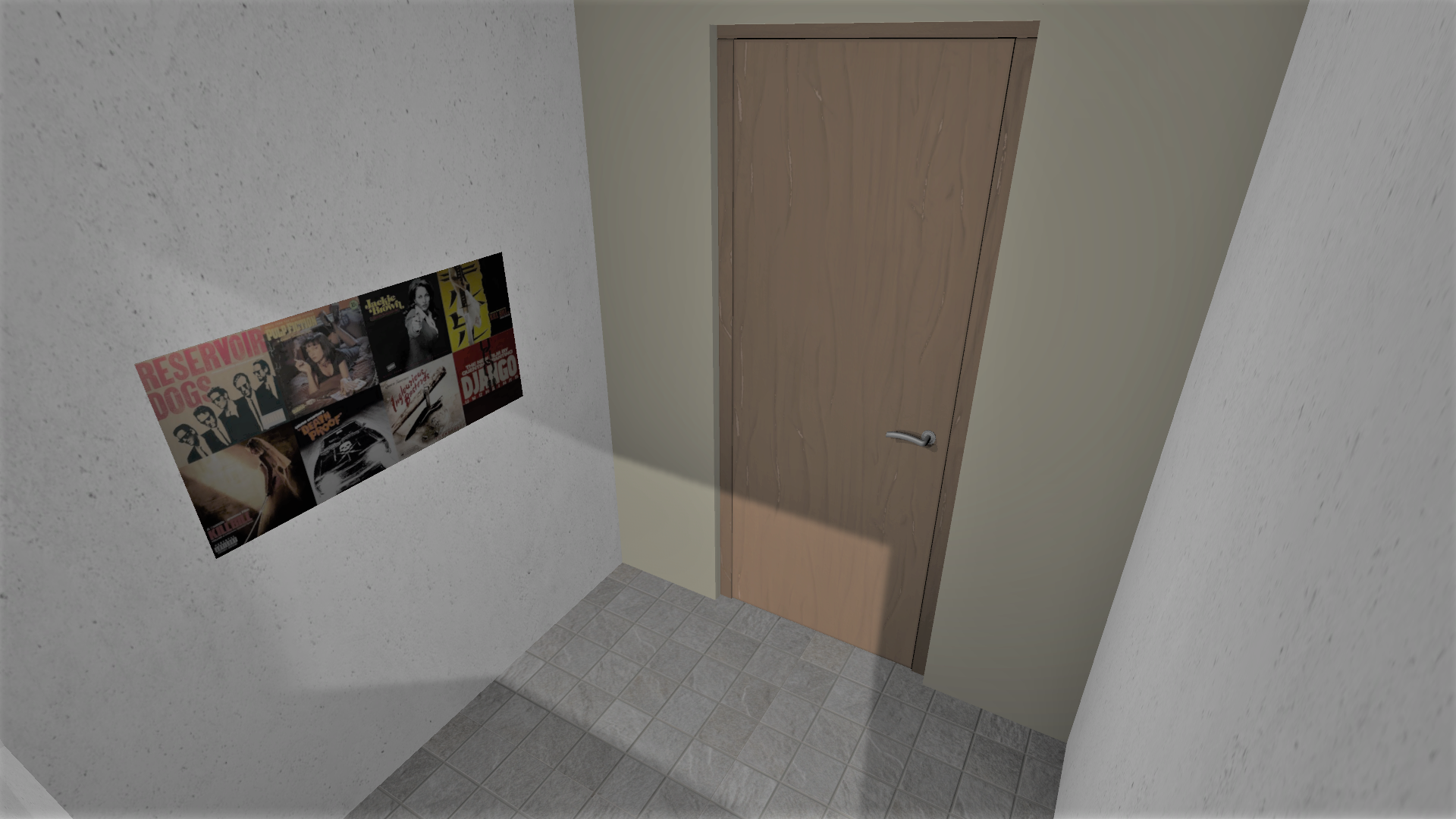
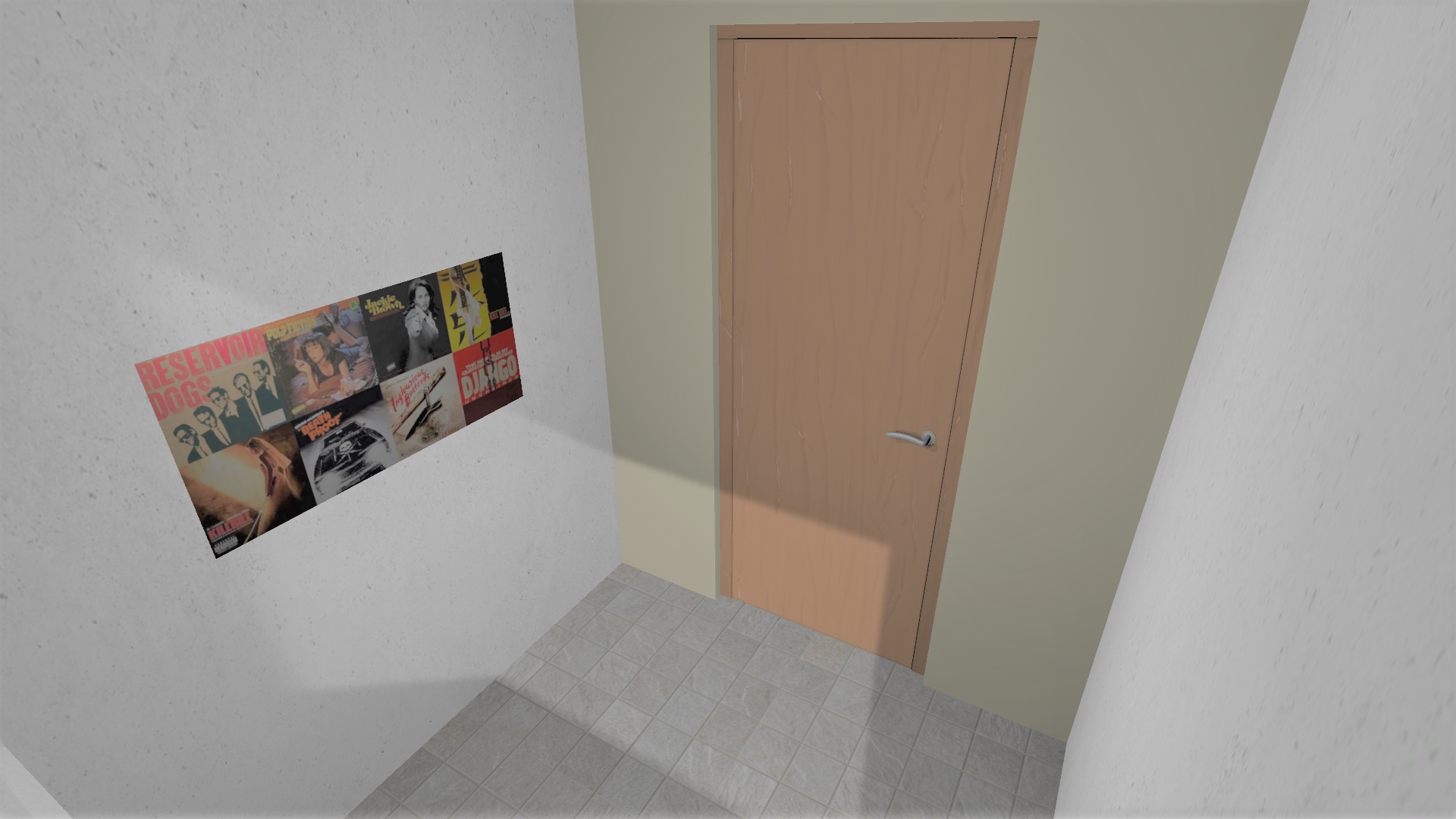
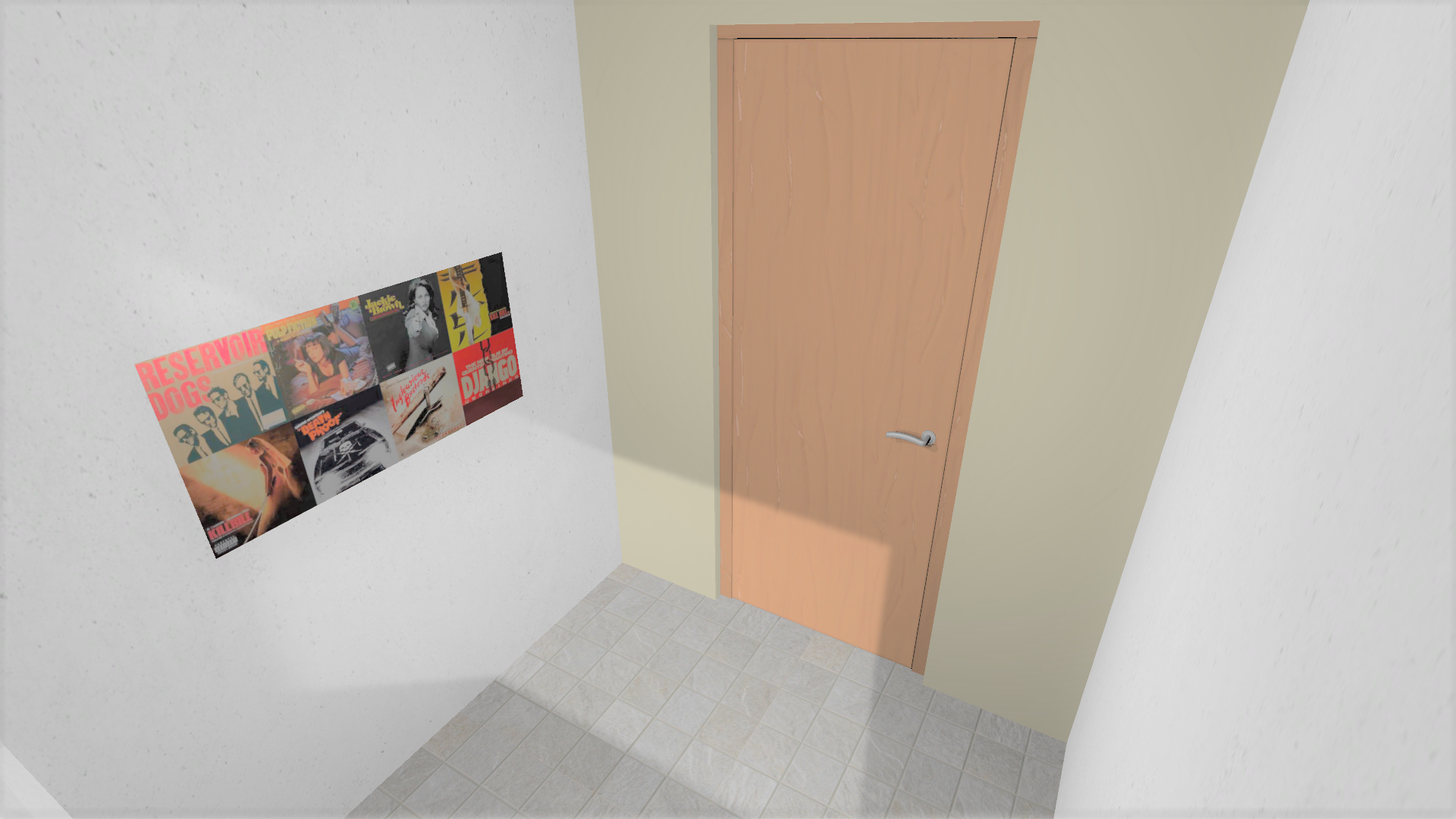
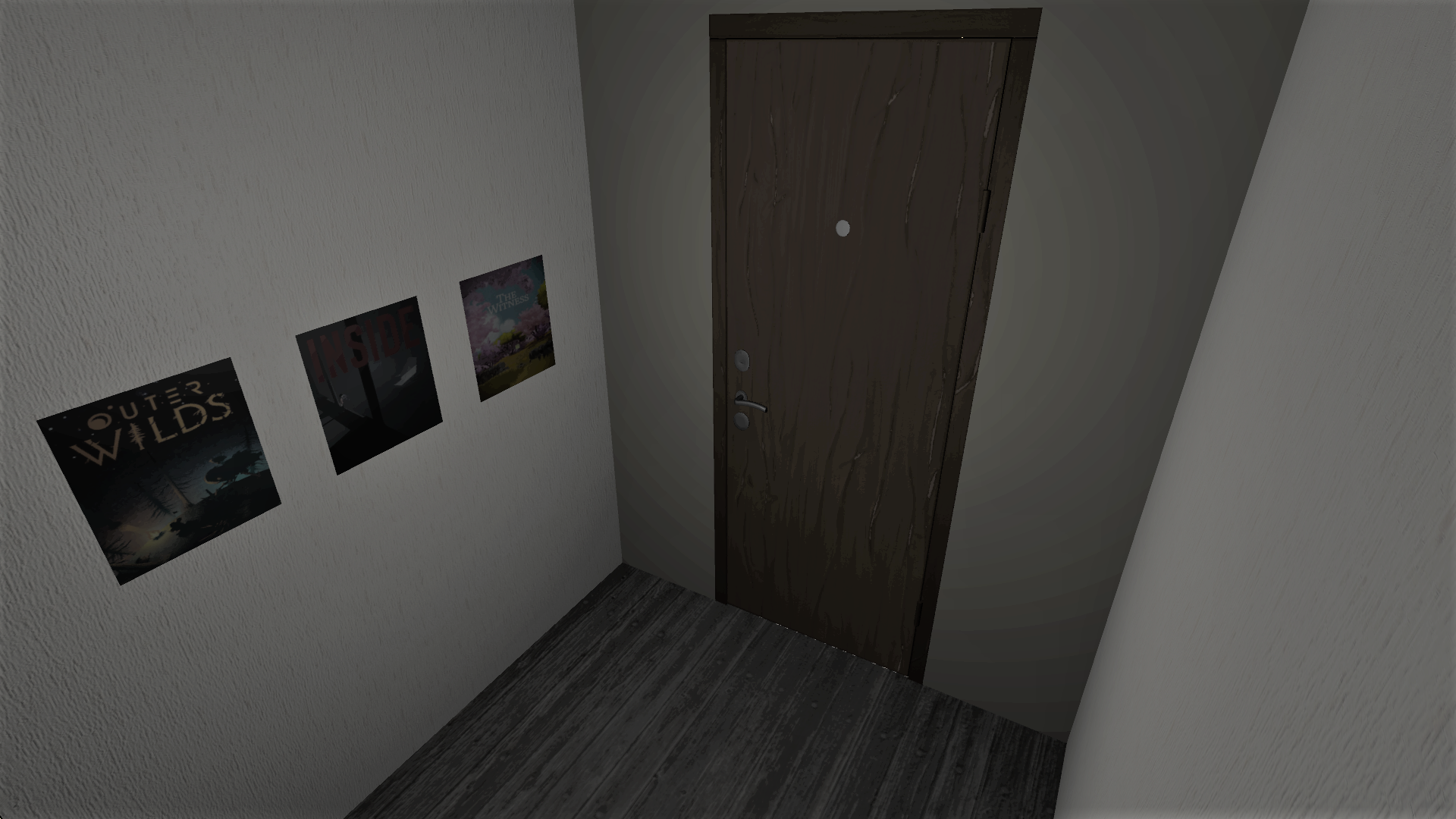
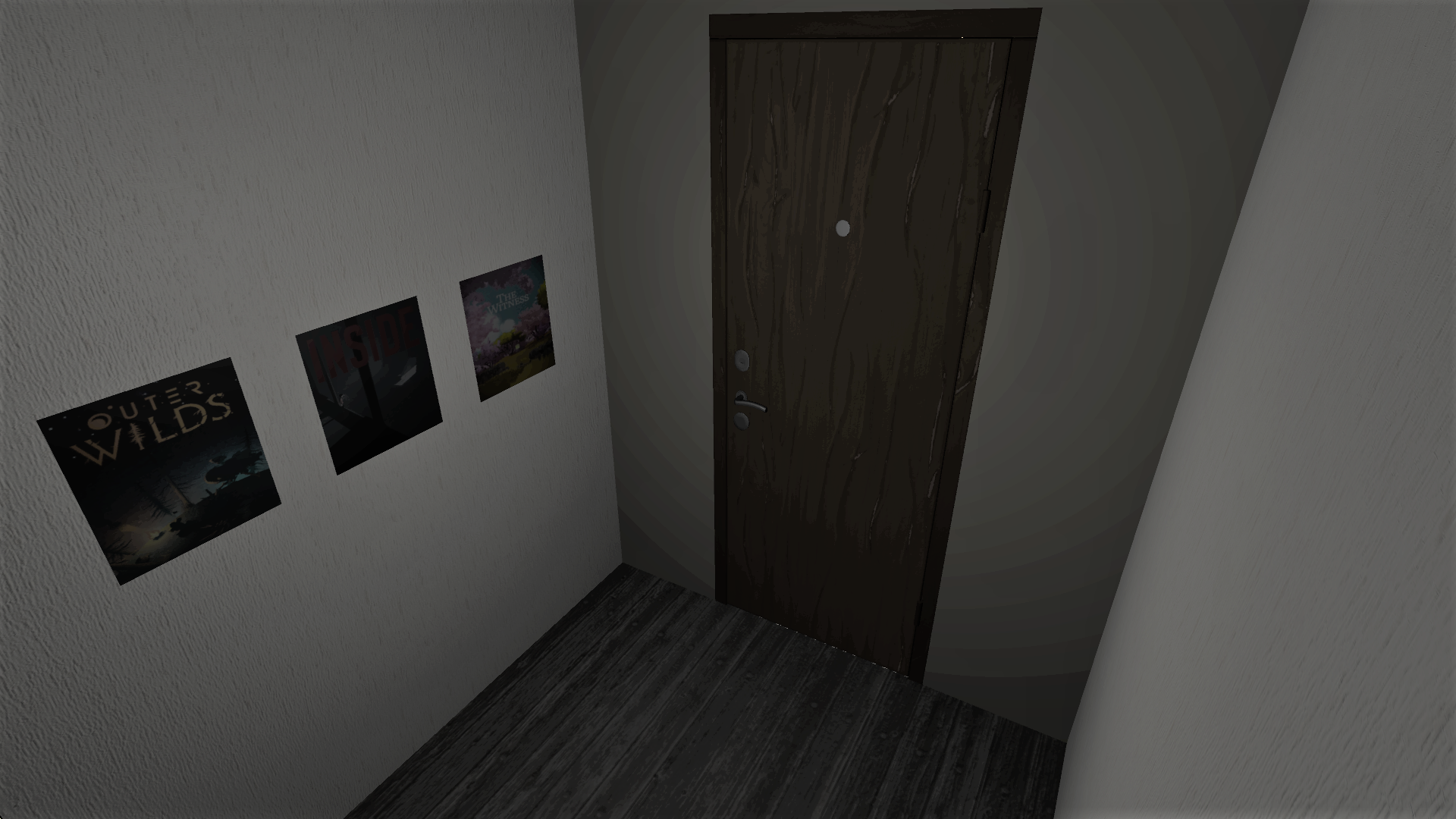
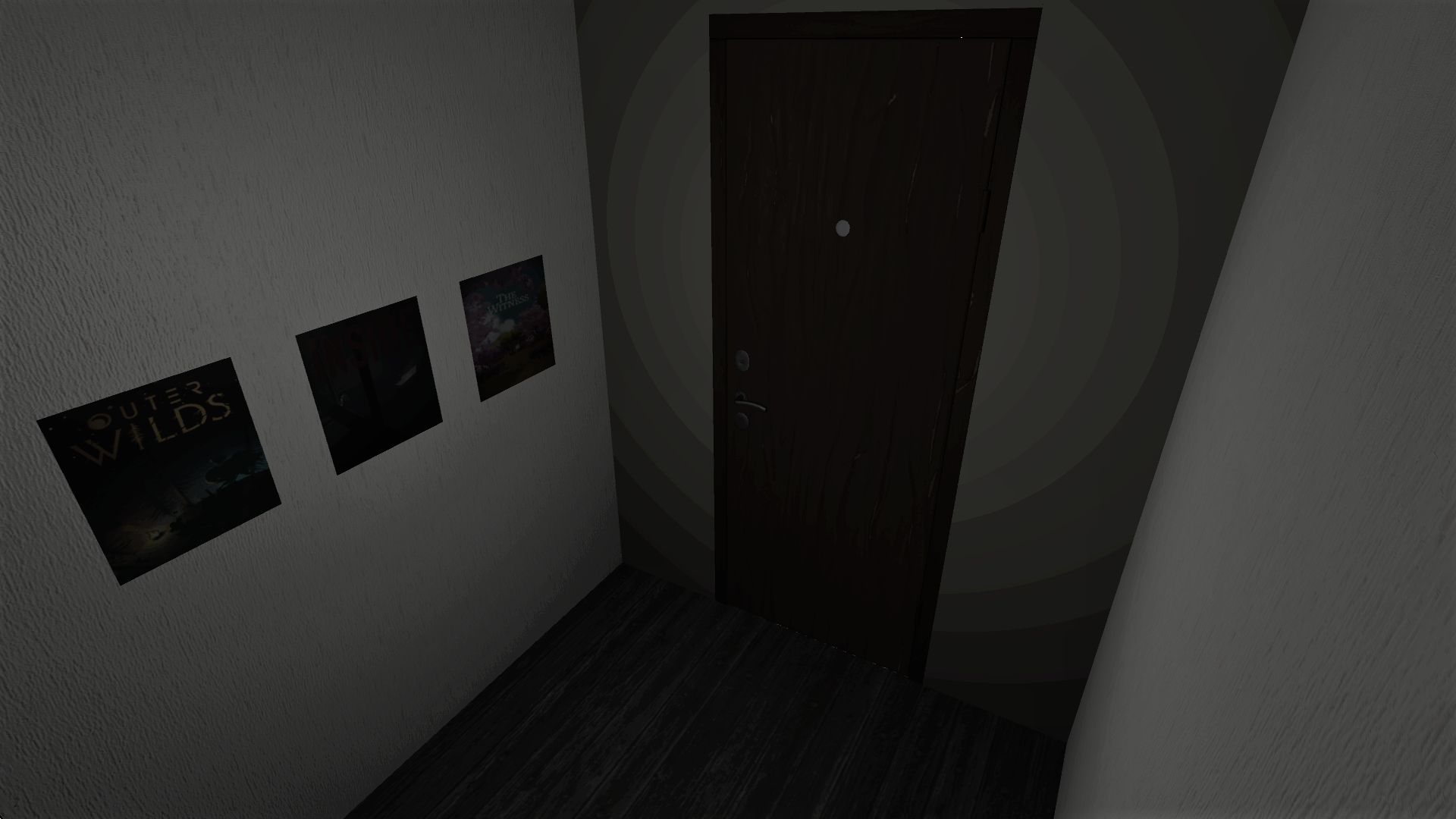
Comparison between Viewport TMO (left), Global TMO (right) and the combination of both TMOs (middle) for two different viewpoints in the scene
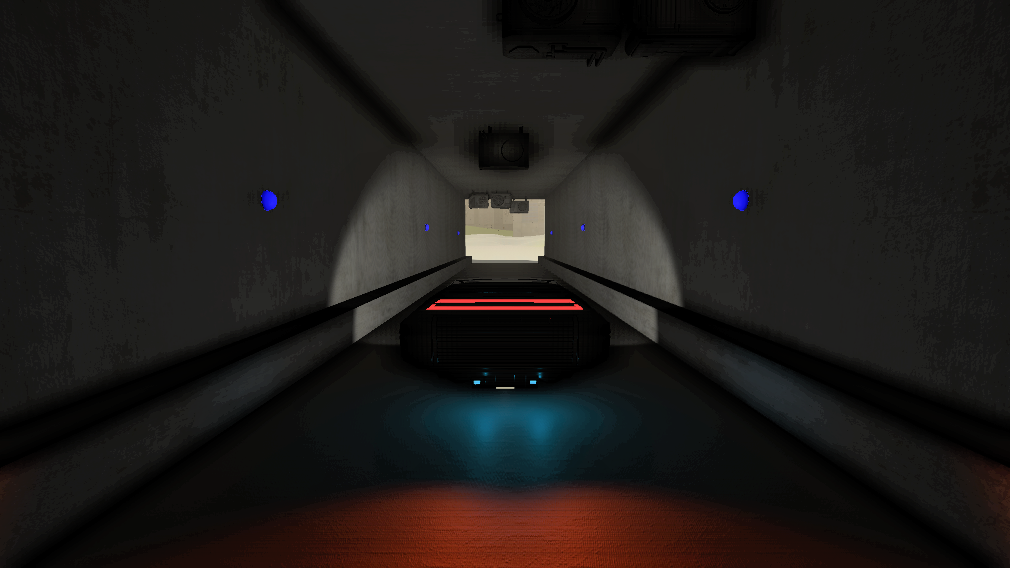
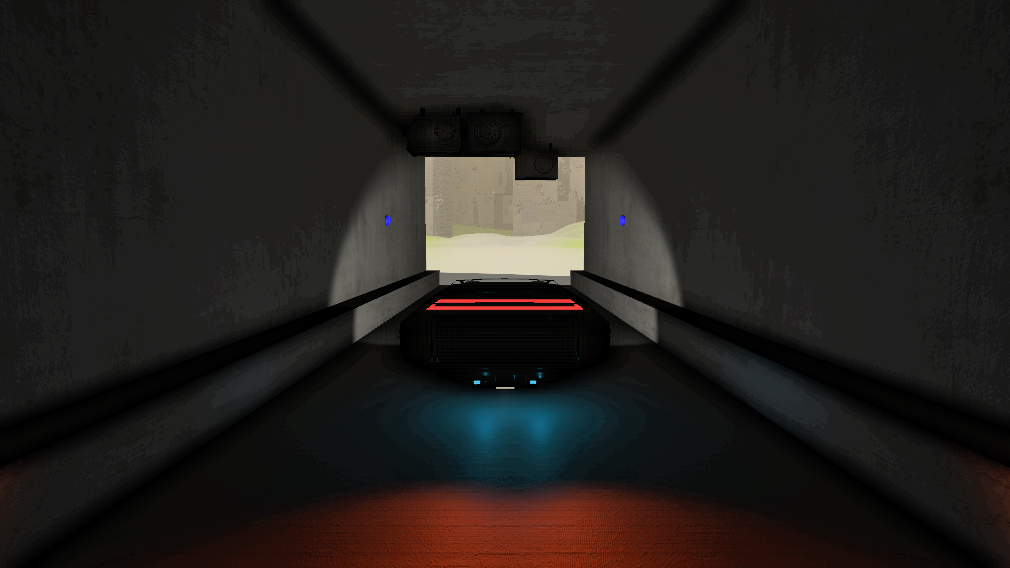
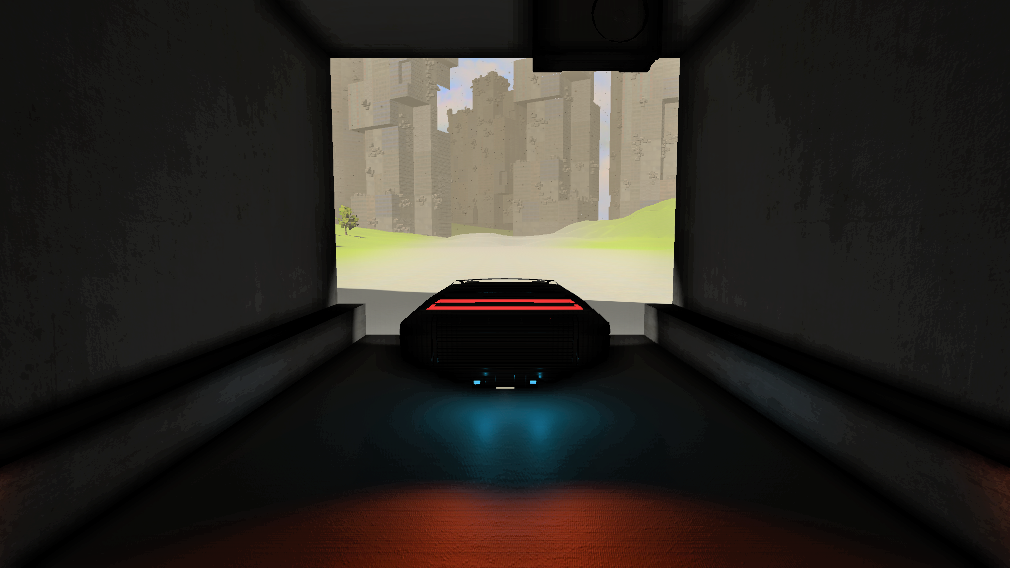
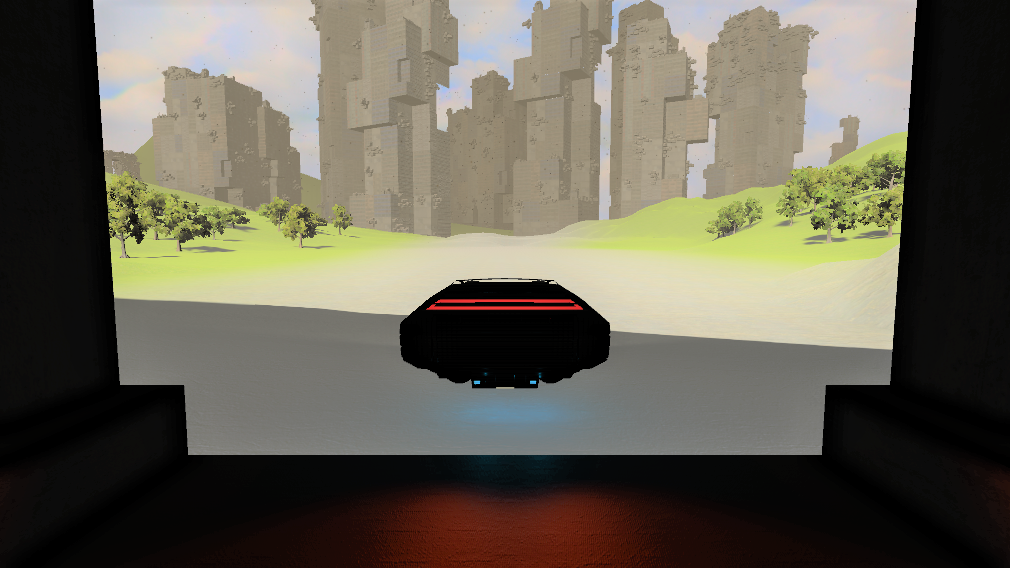
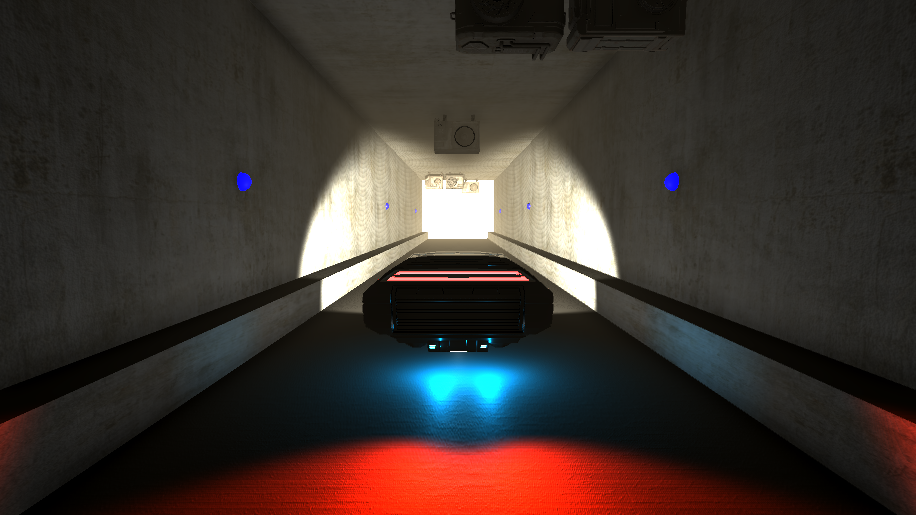
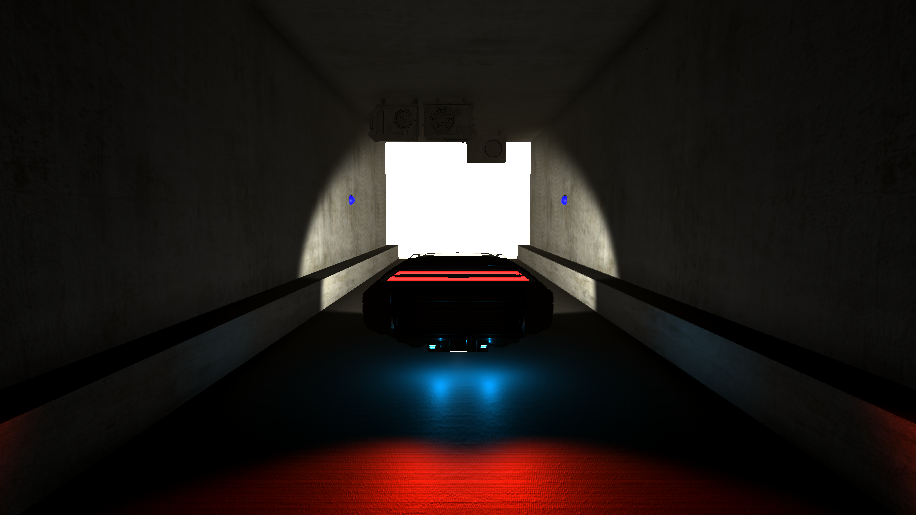
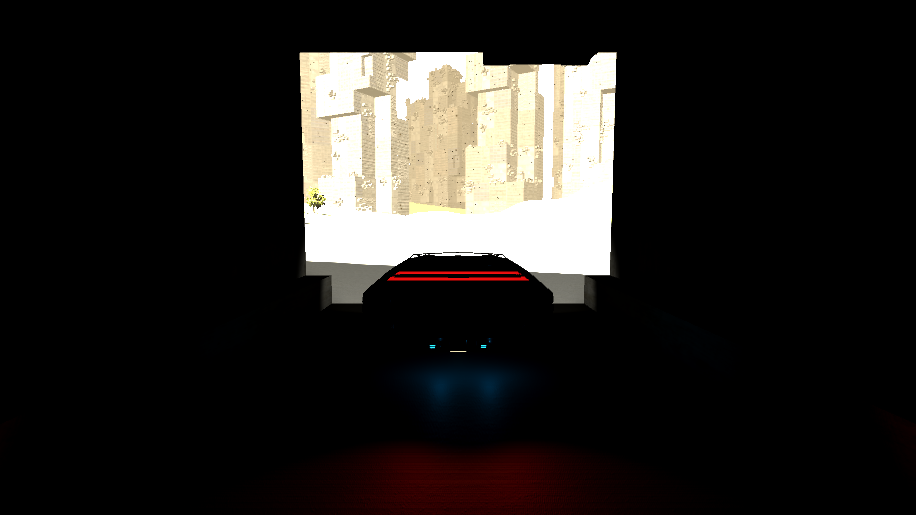
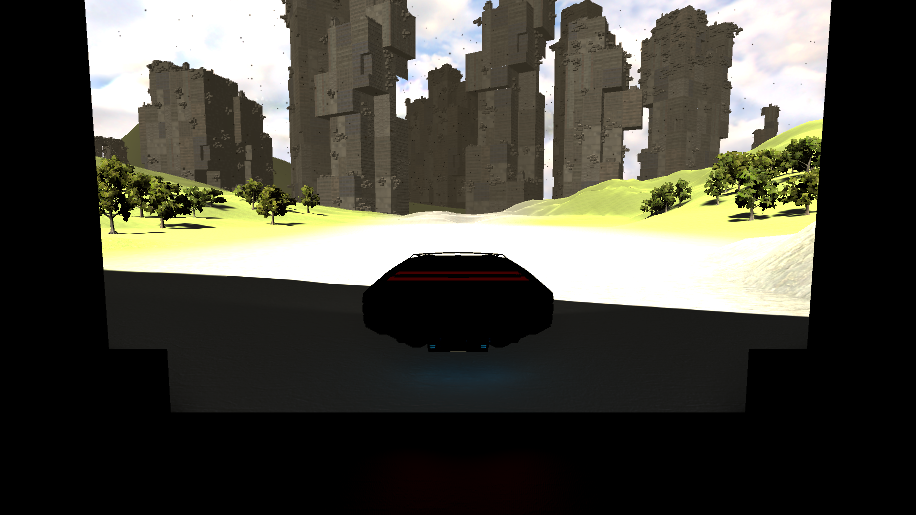
Our results (1st row) compared with the state of the art (2nd row)
A perceptually coherent TMO for visualization of 360° HDR images on HMD
Ific Goudé, Rémi Cozot, Olivier Le Meur
Transactions on Computational Science XXXVII journal (2020), 109-128
DOI
HAL
We present two subjective studies to model the lightness perception on Head-Mounted Displays.
The proposed Tone Mapping Operator is then an adaptation of the HMD-TMO that better fits with the human eye perception of the luminance on such Head-Mounted Displays.
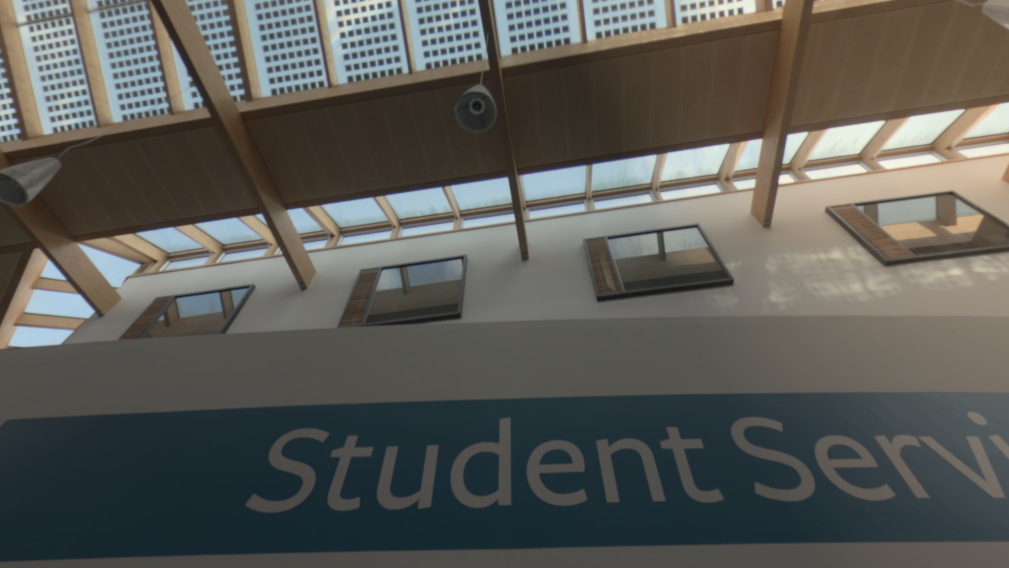
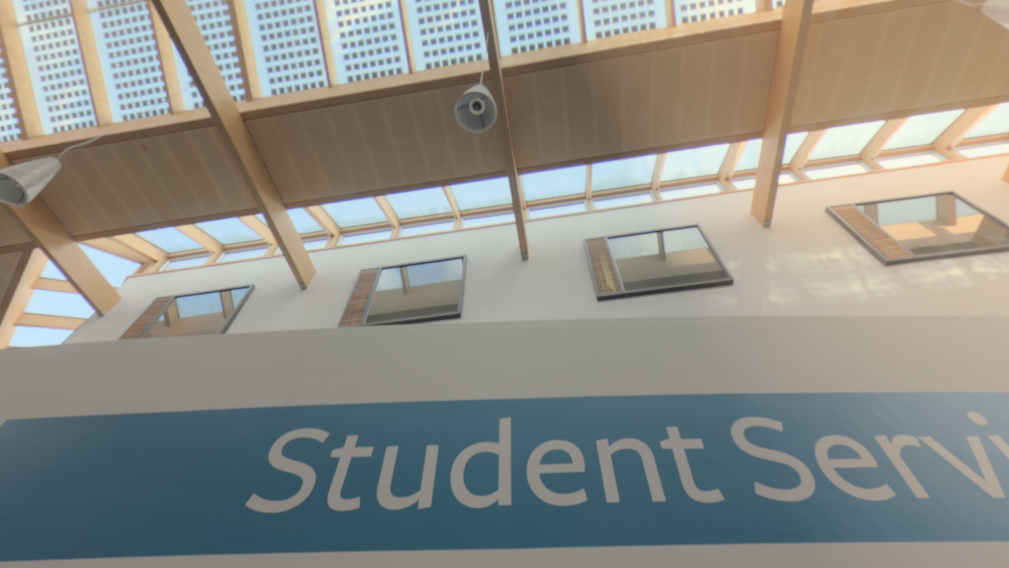


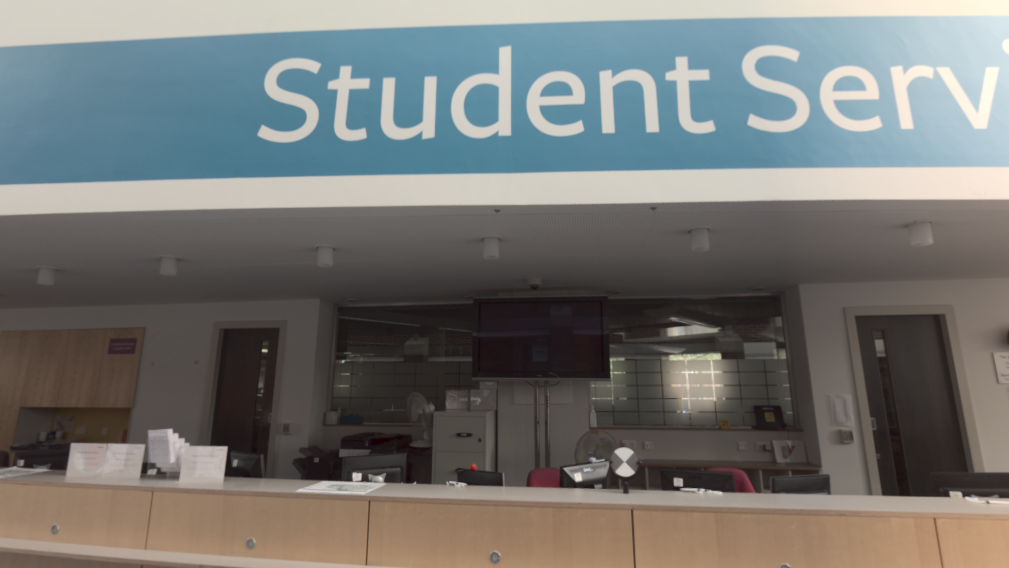
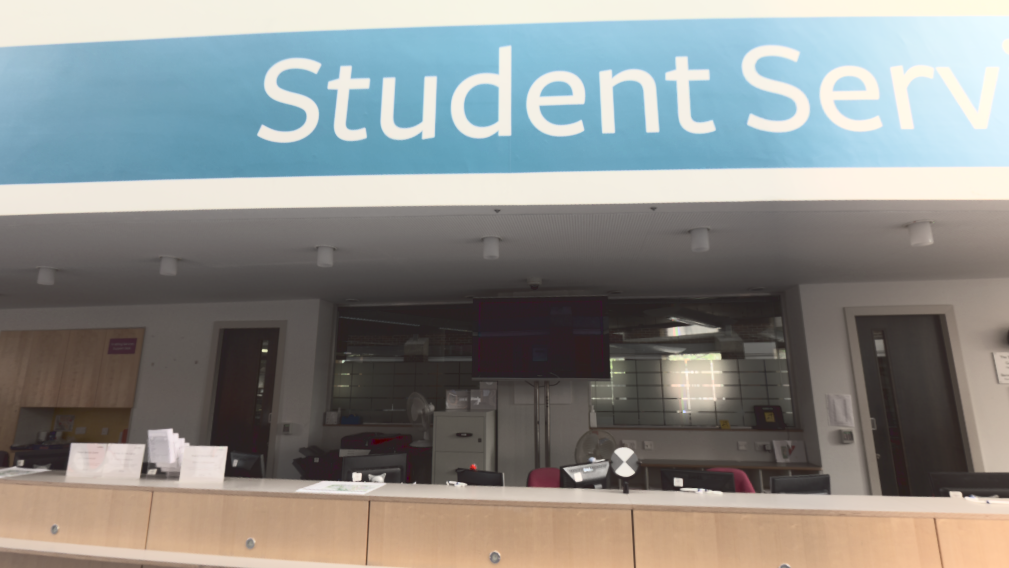
Comparison between Viewport TMO (left), Global TMO (right) and the combination of both TMOs (middle) for two different viewpoints in the scene
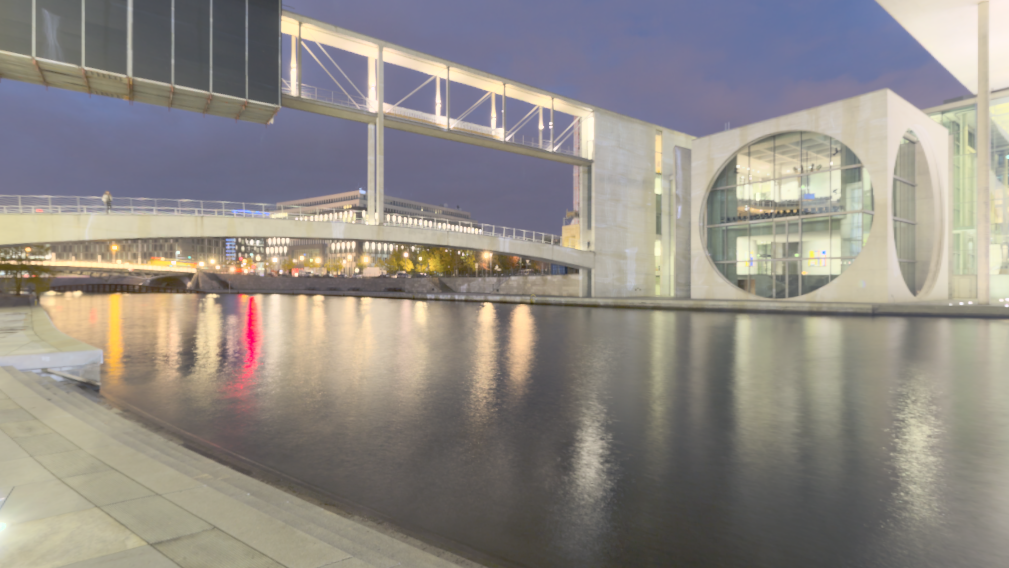
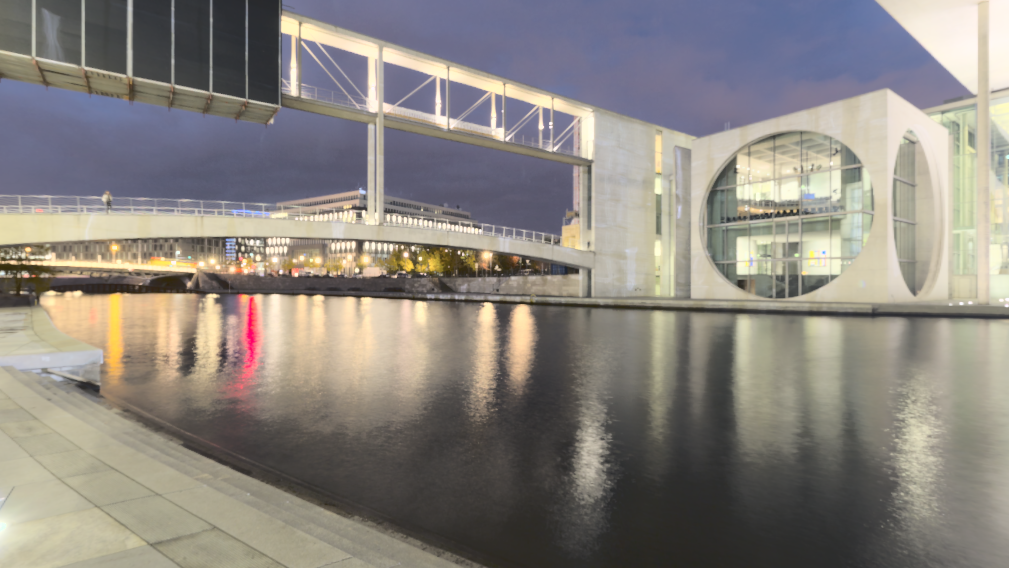
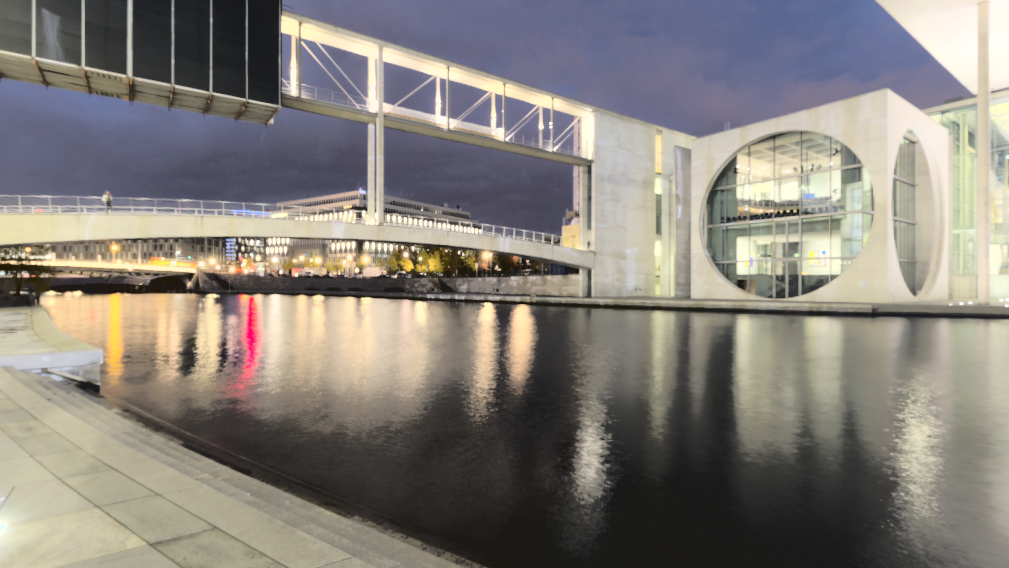
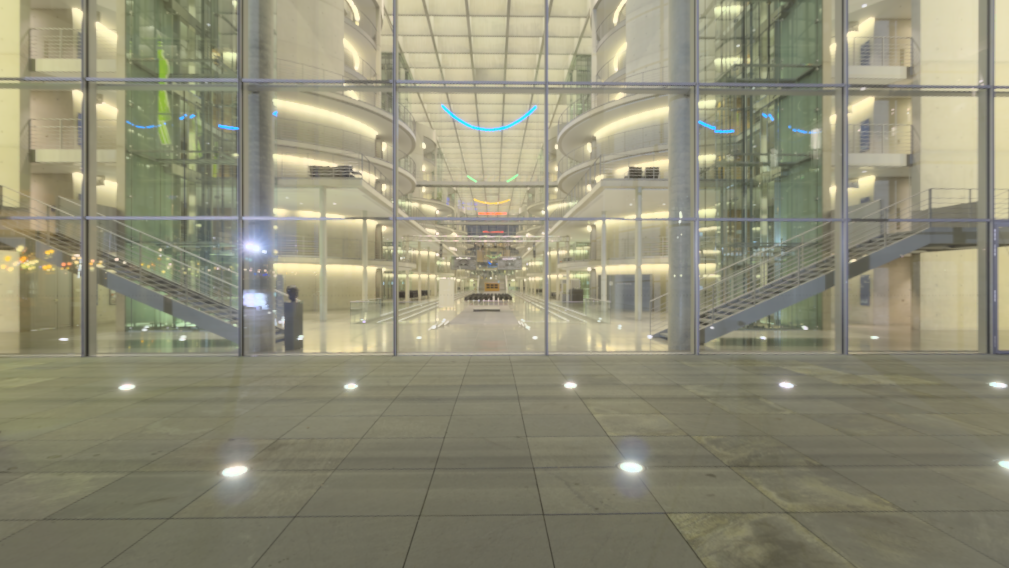
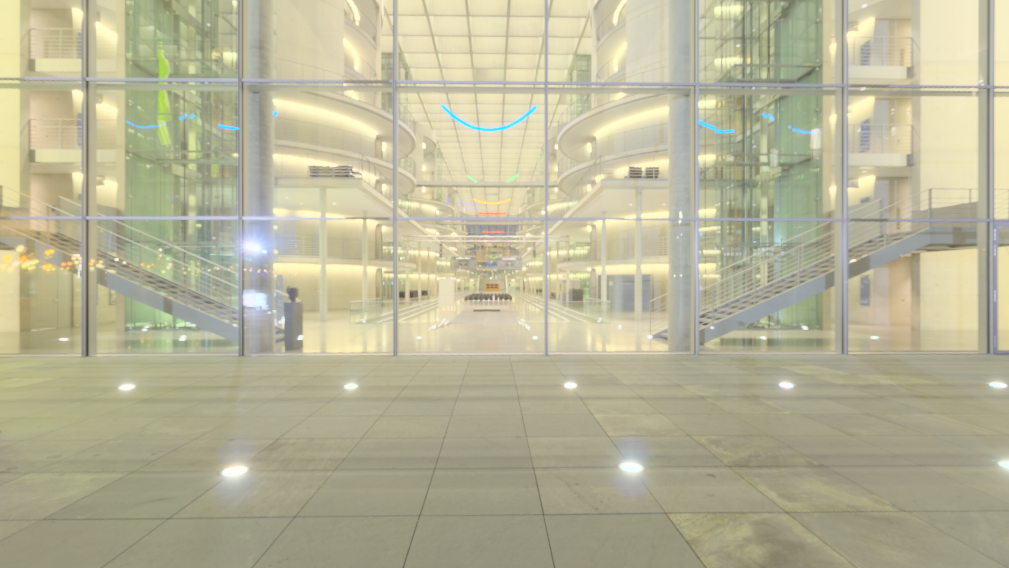
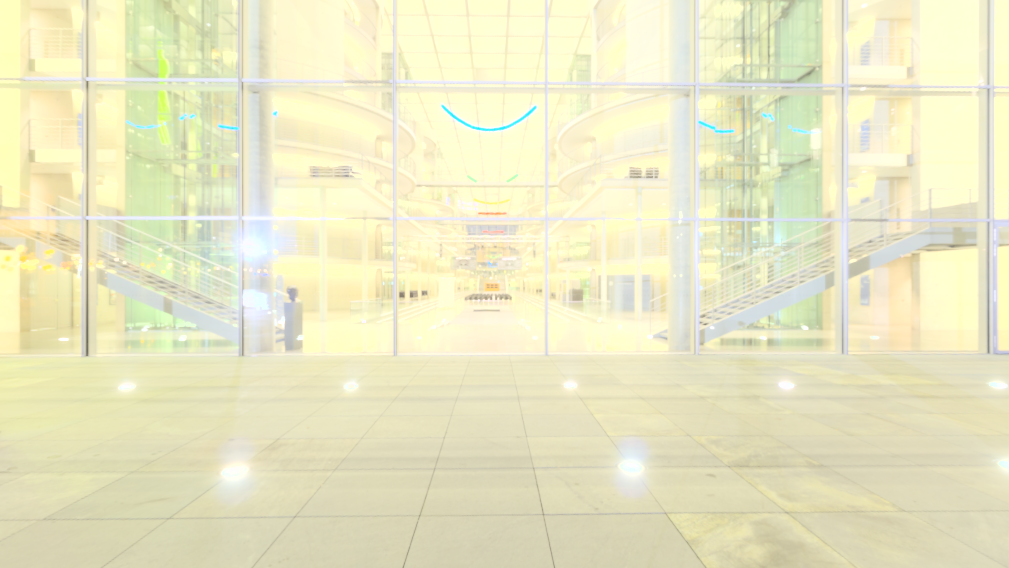
Another example
HMD-TMO: A Tone Mapping Operator for 360° HDR Images Visualization for Head Mounted Displays
Ific Goudé, Rémi Cozot, Francesco Banterle
Computer Graphics International conference (2019), 216-227
DOI
HAL
We propose a new Tone Mapping Operator dedicated to the visualization of 360° High Dynamic Range images on Head-Mounted Displays.
To cope with the problem of global coherency, we propose a novel Tone Mapping Operator which takes advantage of
1) a view-dependant tone mapping that enhances the contrast,
2) a Tone Mapping Operator applied to the entire 360° image that preserves the global coherency.
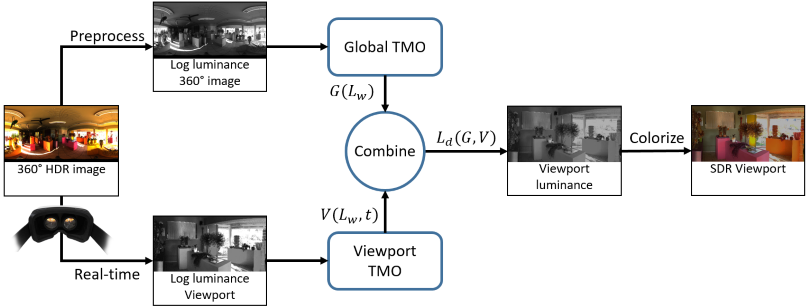
Our TMO framework
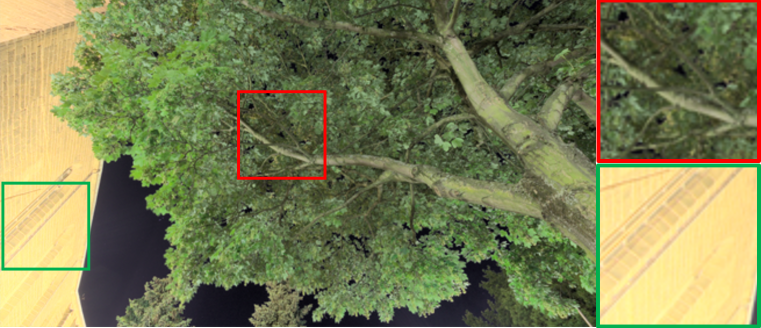
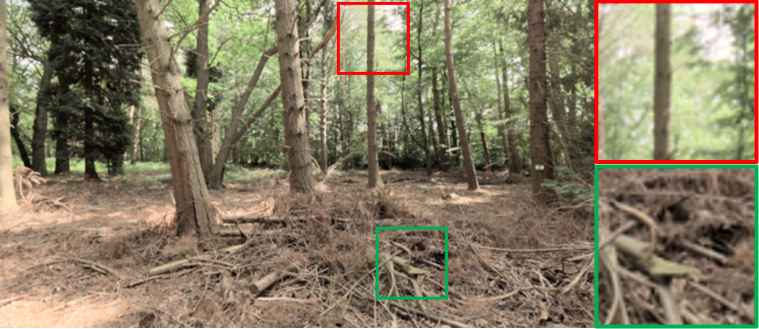
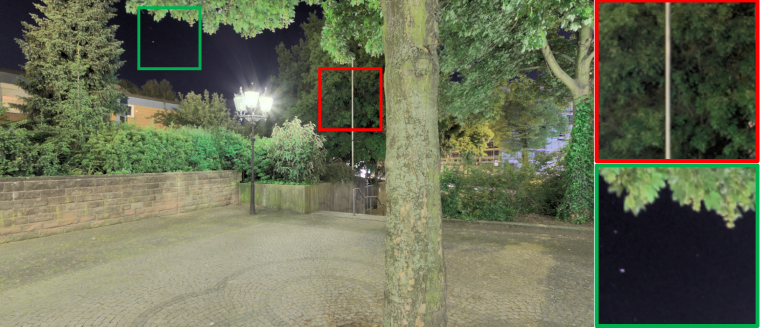
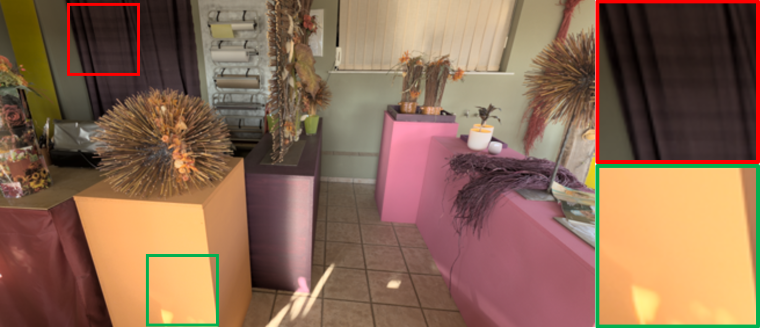
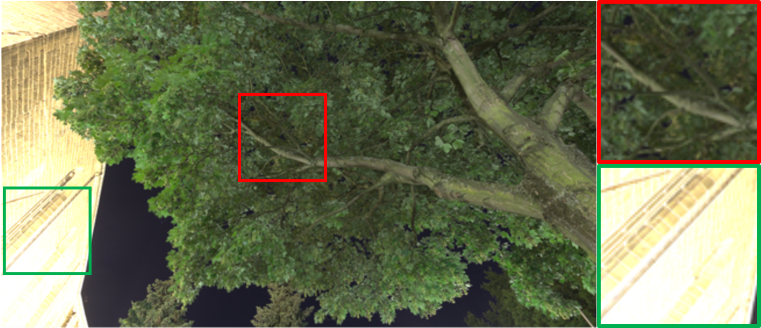
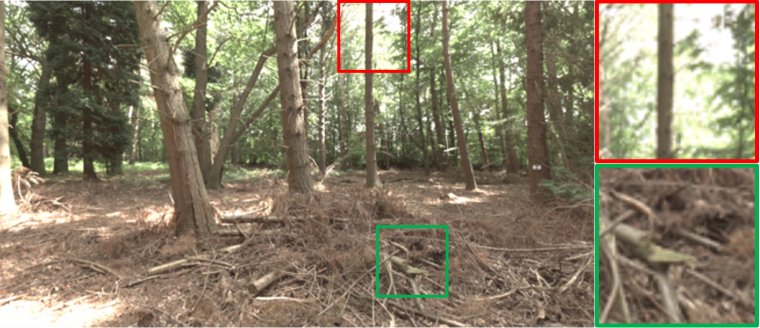
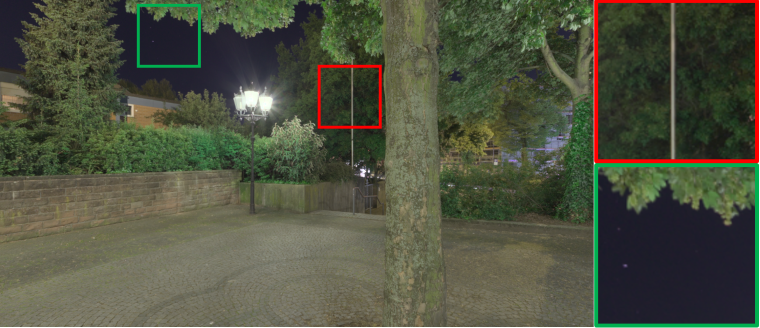
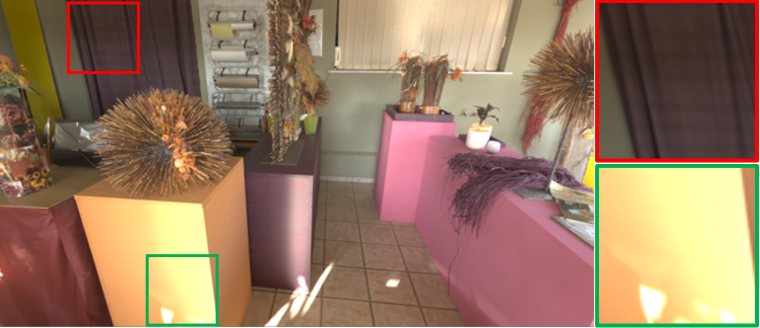
Our results (1st row) compared with the state of the art (2nd row)
Shaders
Java
Graph theory
R&D engineer IRT b<>com (Cesson-Sévigné), 2017
Trainee engineer Technicolor (Cesson-Sévigné), 2016
Technician assistant Canon (Liffré), 2014
Engineering school in Digital Imaging ESIR (University of Rennes 1), 2017